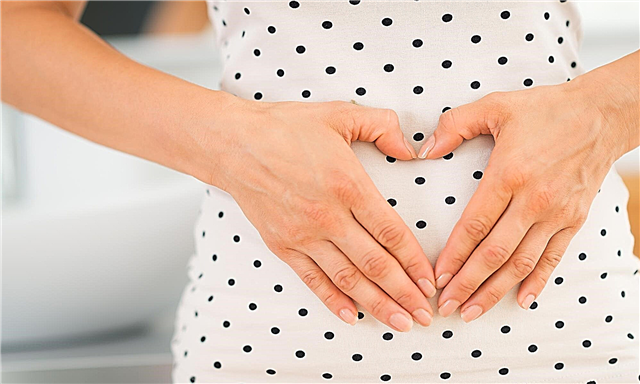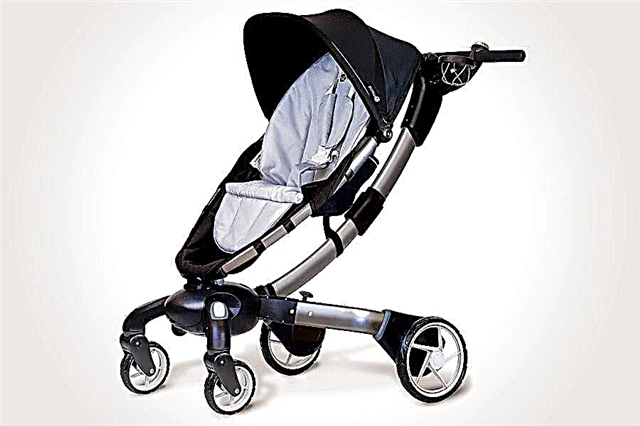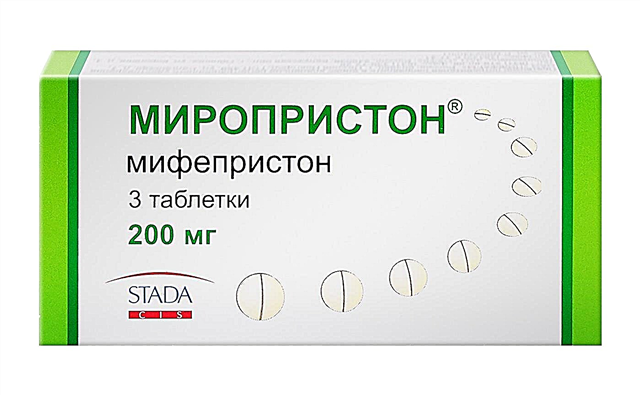Throughout the first month after the baby was born, parents and relatives are mostly concerned about how much the newborn ate, how he got into a diaper and how well he slept. Since the baby's digestive system is very far from perfect and is at the stage of its formation, certain difficulties often arise with the gastrointestinal tract. To cope with regurgitation, gas, constipation, or greenish feces in a child, it is important to understand what their digestive system is.

Parents of toddlers are often worried about the color of baby feces.
Features of the gastrointestinal tract in newborns
During the first few months, the main task of the body of a newborn baby is to digest breast milk and assimilate all the nutrients it contains. The baby's stomach is very small at birth, but it grows very quickly. If on the first day of life the baby is able to drink no more than 10 ml of milk, then by 10 days he will calmly drink 70-80 ml.
Despite the fact that by the time of birth, the infant has an already formed esophagus, it is short. At the same time, the sphincter, which is supposed to restrain food from entering the stomach, is still weak. As a result, all the excess milk is safely regurgitated by the baby.
The structure of the internal organs of a newborn is different from that of adults. For example, the length of its intestines in relation to body length is much larger. If the length of the small intestine of a child is about a meter, then in adults a similar organ is no more than 10 cm long. This is due to the need for the baby to adapt to lactotrophic nutrition.
Interesting. The mechanism of functioning of the digestive system starts in a newborn after the first attachment to the breast.
Normal baby bowel movements
The color and consistency of the child's feces from the first day until the moment he is one year old is constantly changing. This is due to changes made periodically to his diet. An important role is played by what kind of feeding is practiced for feeding: breastfeeding, artificial or mixed type. When complementary foods are introduced, the appearance and density of stool also change.

Green stool is not always a sign of pathology.
In the first few days after birth, the baby's stool is very unusual. They are dark in color, thick, viscous and odorless. On about the third day, the feces begin to gradually change their consistency and become more liquid. The color also changes - a greenish tint is acquired, which often frightens inexperienced mothers. At this stage, the appearance of green cocks in a child is the norm. Moreover, after a week, the color of the stool will acquire a more familiar yellowish tint. Before the introduction of complementary foods, the normal stool of the baby is yellow, with a sour smell.
Important! If a month old baby has problems with feces, this information must be brought to the pediatrician. Perhaps some problems in the functioning of the intestines will be identified.
Causes of Stool Discoloration
All the reasons why a baby's stool color changes can be conditionally divided into two large groups: physiological and pathological.

Green baby chair comes in different shades
Physiological causes
In a breastfed baby, whether he is one month old or three months old, the normal color of the stool is golden yellow. This is due to the presence of bilirubin in breast milk, which is responsible for the bile pigment. In artificial children, the color of feces, like in adults, can have different shades of brown. With the introduction of complementary foods, the color of feces can change in the most unexpected way and be:
- light brown (with a predominantly vegetable diet);
- dark (with an abundance of meat products in the diet);
- greenish (when feeding a lot of green vegetables);
- red (when eating beets or red grapes);
- black (when currants or blueberries appear in the diet);
- orange (when eating carrots or pumpkin).
Pathological causes
In some cases, a change in the color of feces can be pathological. So, for example, white stools may be associated not only with errors in nutrition (for example, the abuse of country cottage cheese or sour cream). The reason for the change in shade may be associated with stagnation of bile, rotavirus, flu, or even pancreatitis.
Dark stools are sometimes a symptom of bleeding in the digestive system. The most common cause of darkening of the stool is the introduction of mixtures or foods containing large amounts of iron into the diet.
What the color of feces signals
Most of all, parents are afraid of green feces in a child. As in previous cases, the reasons for such a radical change in color are different. Therefore, before you panic, you should figure out why the child could have green stools.

Even older children may have green stools.
Greenish tint
The greenish color of feces in a child is most often associated with the specifics of nutrition. Mostly, the problem is faced by parents of infants on artificial feeding. A greenish tint to feces is given by mixtures with a high iron content. Sometimes a slight greening of feces is associated with the transfer of the baby to artificial nutrition with an unusual composition for him. If the color change occurred immediately after changing the mixture and did not repeat itself, there is no cause for concern. Both a two-month-old baby and a one-year-old toddler, it is precisely by a change in the color of feces or their consistency that most often reacts to any food changes.
Another greenish tint of feces is associated with an excess of sugar in the mother's food, early onset of complementary feeding (from 4-5 months), improper assimilation of breast milk and digestive problems (both in the child himself and in his mother).
Green color
The saturated green color of feces in some cases indicates some diseases of the gastrointestinal tract. In parallel with the change in the shade of feces, the child may have a stomach ache and a rise in body temperature. So, green poop in a child is sometimes one of the symptoms of dysbiosis.
Green feces in a small child sometimes become after taking antibiotics. This is directly related to the death of leukocytes and their accumulation in the intestines.
Often accompanied by greening of the stool and dysentery. Its other symptoms are profuse vomiting, nausea, abdominal pain, fever, weakness, and body aches.
Dark green
Dark green stool in a newborn is the norm. The most important thing is to make sure that there is no bad smell. If it is present, and other frightening symptoms are present, it is worth worrying and looking into the cause of the problem.
If the feces are of a normal color, but there is dark green mucus in it, this may be a variant of the norm, but it may also be a sign of the development of dysbiosis. In the latter case, the child will be capricious, and his appetite will not be the best.
Many modern pediatricians, including Dr. Komarovsky, do not consider dysbiosis in infants to be a pathology. Accordingly, in most cases, treatment is not prescribed to the baby. A small child's food system is adapting to new conditions, and many failures in its functioning are normal. Immediately after the birth of a newborn, his stomach is colonized by microflora. In the process, not only dark green stools in the child can be observed, but also its liquefaction.
Reasons for greening from 2 months to a year
To see if there is cause for concern if a baby's stool turns green, it is necessary to trace the causal relationships from two months to one year:
- 2 months - a possible cause of greening of feces is dysbiosis due to the unstable state of the intestine;
- 3 months - due to delayed development, green stools of the baby are the norm;
- 4 months - the cause of a change in the shade of feces is often untimely complementary foods;
- 5 months - a greenish tint depends on the introduction of additional nutrition;
- 6-7 months is the age when the child begins to take in the mouth and bite foreign objects, because the green tint of the stool may be associated with infections and intestinal upset;
- 8-10 months - Green may be associated with complementary foods or bowel disorders
- 11-12 months - A greenish stool is an indicator of foods used in food or a marker of an allergic reaction.
Dangerous symptoms
Parents are strongly encouraged to start taking immediate action if the appearance of green stool in a baby is lingering and accompanied by the following alarming symptoms:
- capriciousness;
- drowsiness;
- decreased mobility;
- foamy stool consistency;
- putrid odor coming from the mouth;
- too frequent bowel movements in one day;
- colic;
- rashes on the skin;
- frequent regurgitation.
In order not to worry about green stools in a child, adequate preventive actions should be provided:
- Feed the baby regularly, listening carefully to the possible reactions of the body.
- Completely refuse exotic products and any additives of artificial origin.
- Any treatment of intestinal disorders should be performed under the supervision and as directed by a doctor.
- Before offering the baby complementary foods, carefully study its composition.
- Begin to apply additional food not earlier than the due date (6-7 months).

Most of the time, there is no need to worry about stool color.
Compliance with the rules and diet of infants will not worry about the abnormal color of feces and will enable the baby to feel healthy.



